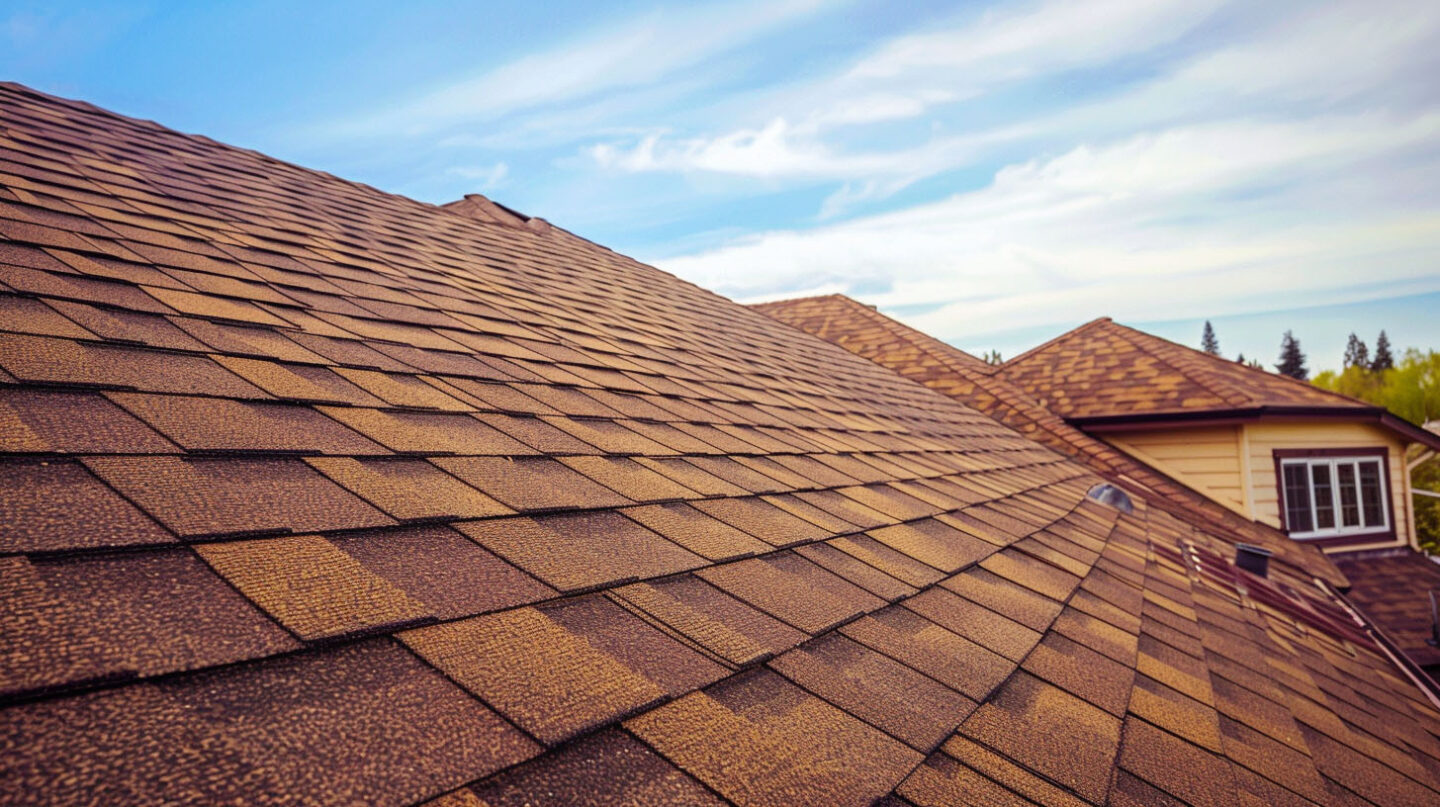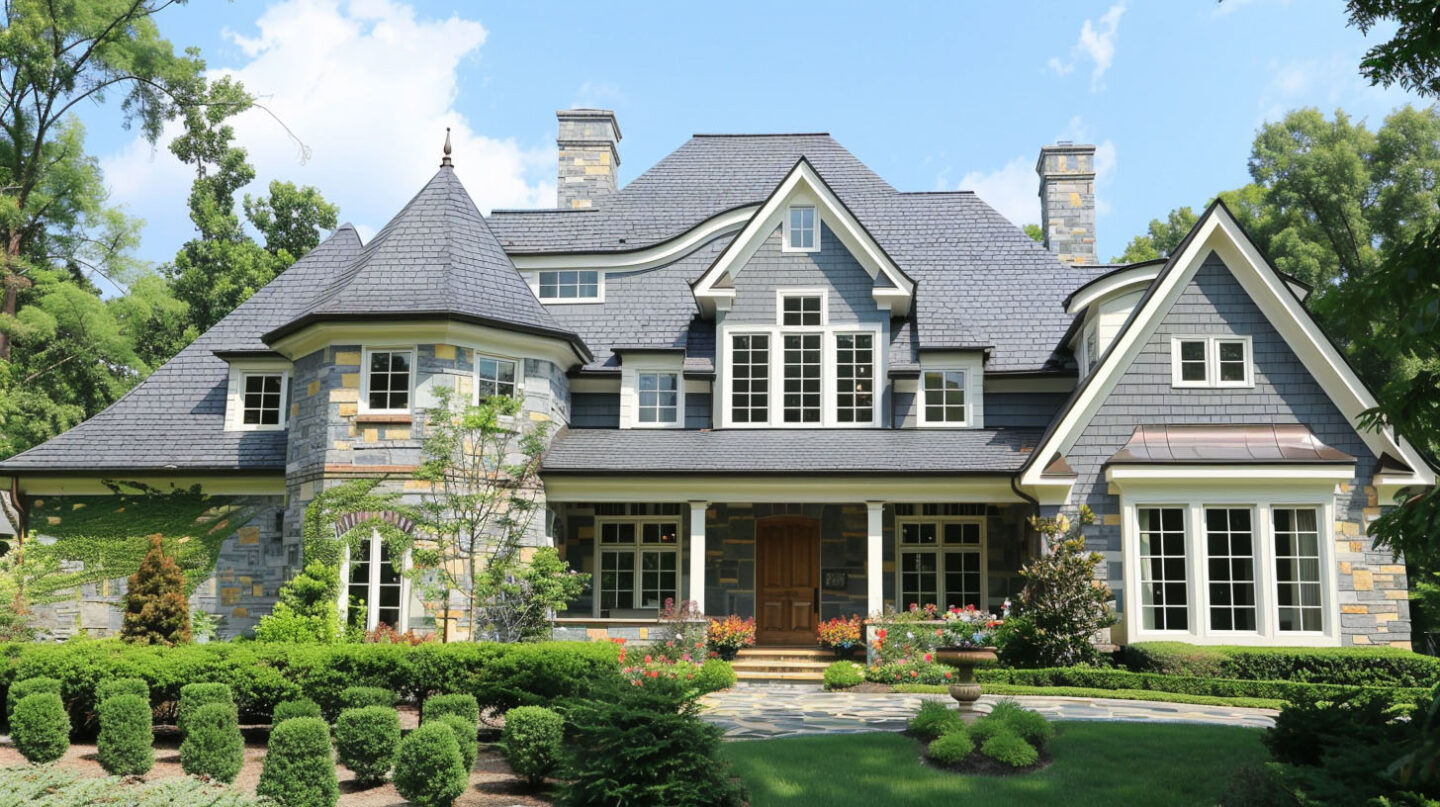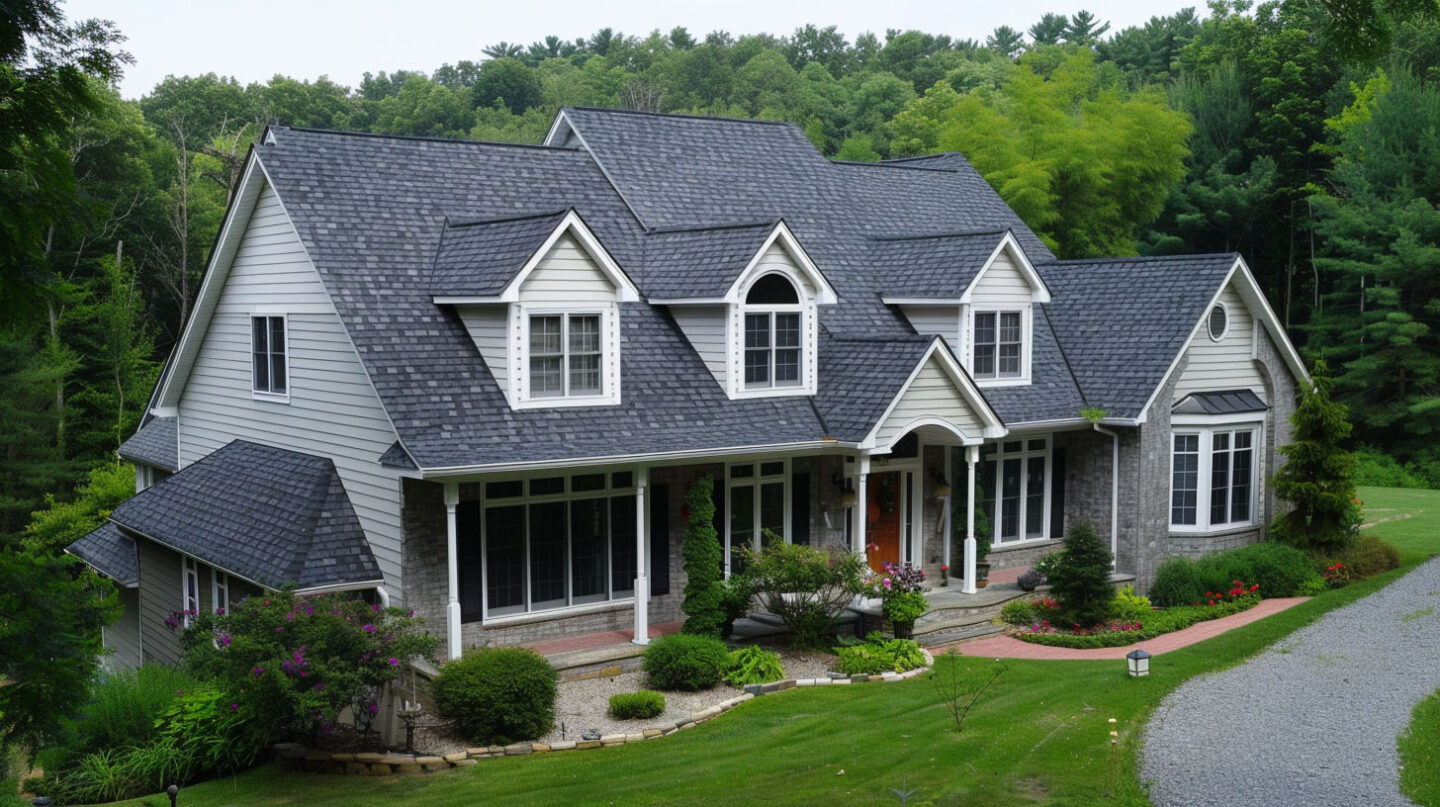After a storm, the last thing you want to see is roof damage. Filing an insurance claim is the next logical step, but what happens when the shingles on your roof are no longer available? You could be left with a mismatched, patchy repair. This is where a matching law can be a homeowner’s best friend. Understanding your insurance coverage and the regulations in your state can make a significant difference in whether you get a small patch or a completely new, uniform roof. At The Shingle Master, we specialize in helping homeowners navigate these challenges. Our team is dedicated to ensuring you receive the highest quality materials and workmanship, so your roof not only looks great but also provides the protection you need in Cary, NC.
Understanding Matching Shingles Statutes
Matching shingle statutes serve as essential legal frameworks guiding the resolution of roofing claims. These laws ensure that insurers provide fair compensation for residential roof replacements by mandating a reasonably comparable appearance among replacement materials. Understanding these statutes allows homeowners navigating the claims process to recognize their rights regarding full roof replacement versus patching undamaged portions. Insurance companies must adhere to these standards, which include a detailed written explanation of the basis for any determinations made about actual cash value versus replacement cost coverage for roofing claims.
What Are Matching Shingle Statutes?
Matching shingle statutes are regulations requiring homeowners to use matching shingles for roof repairs or replacements. These laws aim to maintain aesthetic uniformity and protect property values, ensuring that roofs appear cohesive even after damage has occurred. Compliance varies by state, impacting insurance claims.

The Purpose Behind Matching Laws in Roofing Claims
Matching laws in roofing claims serve to ensure that homeowners receive fair compensation for any losses incurred due to damage. By establishing standards for a reasonably comparable appearance, these statutes address the need for aesthetic appeal and uniformity in replacement materials. Preserving the market value and curb appeal of a property is paramount, particularly when considering the substantial investment in roof shingles. Ultimately, matching laws help protect homeowners against potential breaches of contract by insurance companies, ensuring a more equitable settlement of losses in the insurance claims process, which may be reviewed by the court of appeals.
How Matching Statutes Affect Roof Insurance Claims
Matching shingles statutes play a crucial role in determining how insurance claims are processed for roof damage. Insurance companies often face pressure to comply with these regulations, which require them to ensure a reasonably comparable appearance when replacing damaged shingles. This can affect the overall settlement of losses, as homeowners may seek full replacement rather than partial repairs. Understanding the implications of these laws is essential for homeowners seeking fair compensation for their claims, especially in scenarios involving consequential physical damage to unexpectedly undamaged portions of the roof.
Matching Rules and Their Impact on Homeowners
Determining the extent of coverage for roof damage frequently becomes a complex aspect for homeowners due to matching rules. These regulations often require that replaced roofing materials closely resemble the undamaged portions to maintain a reasonably comparable appearance in the event of a covered loss. This emphasis on uniformity can significantly affect the homeowner’s financial obligation, especially in claims involving substantial damage. Homeowners may find themselves navigating a claims process that hinges on policy language, making it imperative to understand how matching statutes can impact their ultimate recovery and the aesthetic appeal of their property.
Common Scenarios for Partial Roof Damage
Damage to only a section of a roof can lead to complex insurance claims and questions about matching shingles statutes. In circumstances where a storm has caused direct physical loss to a portion of the building, homeowners often seek replacement for both the damaged and undamaged property to ensure a uniform appearance. The determination of actual cash value, including aspects like replacement cost value, can also become contentious, especially when contrasting replacement cost coverage against the market value of replaced items or when an inadequate number of materials is available.

Replacement Options: Full Slope Versus Partial Repairs
After sustaining an exterior loss to your roof, your insurance company will propose one of two solutions: a partial repair or a full replacement. A partial repair involves replacing only the shingles that were physically damaged. This is often the initial offer from an insurer because it is the less expensive option.
However, a full slope replacement may be necessary to restore your home’s uniform look. The choice between these options isn’t arbitrary. It often depends on state law, your policy’s language, and whether a “reasonably comparable appearance” can be achieved with a simple patch.
What Constitutes a Full Slope Replacement?
A full slope replacement typically involves replacing shingles on an entire roof section, ensuring uniformity in appearance and performance. This requirement aims to maintain structural integrity and prevent potential legal disputes over matching issues in roofing claims under applicable statutes.
When Can Homeowners Demand a Full Slope?
Homeowners can demand a full slope when partial roof damage occurs, and matching shingle statutes apply. Factors include the extent of visible damage, insurance policy terms, and local laws, which dictate whether a complete replacement is justified to maintain aesthetic consistency and property value.
State-by-State Variations in Matching Regulations
It is critical to understand that there is no federal matching law. These regulations are created and enforced at the state level, which means your rights as a homeowner can vary dramatically depending on where you live. The insurance industry must adapt its practices to comply with each state’s unique rules.
Some states have very clear statutes mandating a comparable appearance, while others leave the interpretation up to the courts and the language in the policy. We’ll look at North Carolina’s specific approach and compare it to other states across the country.

North Carolina’s Position on Matching Shingle Claims
In North Carolina, matching shingle claims are subject to specific regulations that promote fair treatment for homeowners facing roofing damage. Generally, these laws require insurance companies to ensure a reasonably comparable appearance when replacing damaged shingles. Insurers must provide a written explanation of their basis for determining coverage, particularly concerning replacement materials. This emphasis on uniform appearance addresses aesthetic appeal and potential economic value, ultimately guiding homeowners towards achieving adequate compensation for their property damage and settling claims effectively.
Key Differences in Matching Statutes Across the U.S.
Variety in matching statutes across the U.S. leads to significant discrepancies in how insurance companies address roof damage claims. Some states mandate uniform appearance through matching requirements, ensuring aesthetic appeal between old and new materials. Others adopt a more lenient approach, focusing primarily on undamaged property versus the damaged portions. This results in diverse interpretations of policy language and impacts the determination of actual cash value. Homeowners must be aware of their state’s unique regulations to navigate the claims process effectively and secure fair compensation.
Spotlight on Ohio Law and Code 3901-1-54
Brief Overview of Ohio’s Matching Requirement
In Ohio, the matching requirement stipulates that insurance companies must ensure a reasonable comparable appearance when replacing damaged shingles. This mandate comes from provisions within the Ohio Administrative Code, where the emphasis lies on maintaining the roof’s aesthetic and functional integrity. Homeowners can expect coverage for not just the damaged sections but also to achieve a unified look across the entire roof. Failure to comply with these matching laws may lead to claims of bad faith, requiring proper legal recourse to ensure fair treatment in the claims process.
Applicability: Damaged Section vs. Entire Roof
Determining the extent of coverage under matching shingle statutes often hinges on whether the damage affects only a section of the roof or the entire structure. Insurance policies generally prioritize the restoration of a uniform appearance, which can influence claims related to partial roof damage. Various jurisdictions have specific language regarding the application of matching laws, creating a point of contention for homeowners navigating the claims process. These laws may necessitate replacement materials that align aesthetically with the undamaged portions, ensuring consumer satisfaction and minimizing consequential physical damage.
What’s Next
Understanding the complexities of matching shingles statutes is crucial for homeowners navigating insurance claims. The balance between aesthetic appeal and fair compensation often leads to disputes with insurance companies regarding the full replacement of roofs versus repairs. State variations complicate this further, emphasizing the importance of knowing local laws like Ohio’s matching requirements. Acknowledging the relevance of comparable appearance in disputed claims can significantly influence the determination of actual cash value and settlement outcomes, ensuring homeowners receive the fair treatment they deserve.

Frequently Asked Questions
Do insurance companies have to match shingles?
Whether insurance companies must match roof shingles depends on your state’s matching law and your insurance policy. In states with specific statutes, they are often required to achieve a comparable appearance. In states like North Carolina, it hinges on the “like kind and quality” language in your policy.
What is limited matching coverage?
Limited matching coverage is an endorsement on an insurance policy that caps the amount an insurer will pay to match undamaged materials. For roof damage, it might offer a small, fixed amount toward a full replacement or exclude aesthetic matching altogether, affecting the final settlement of losses.
What happens if insurance can’t match siding?
The principles of matching apply to siding just as they do to roofing. If replacement materials for your damaged siding are unavailable, your insurance claim should cover replacing enough siding to create a comparable appearance. The goal is to ensure customer satisfaction by restoring a uniform look to your home’s exterior.
Read our blog: Class A Fire Ratings for Asphalt Roofs: What It Really Means


